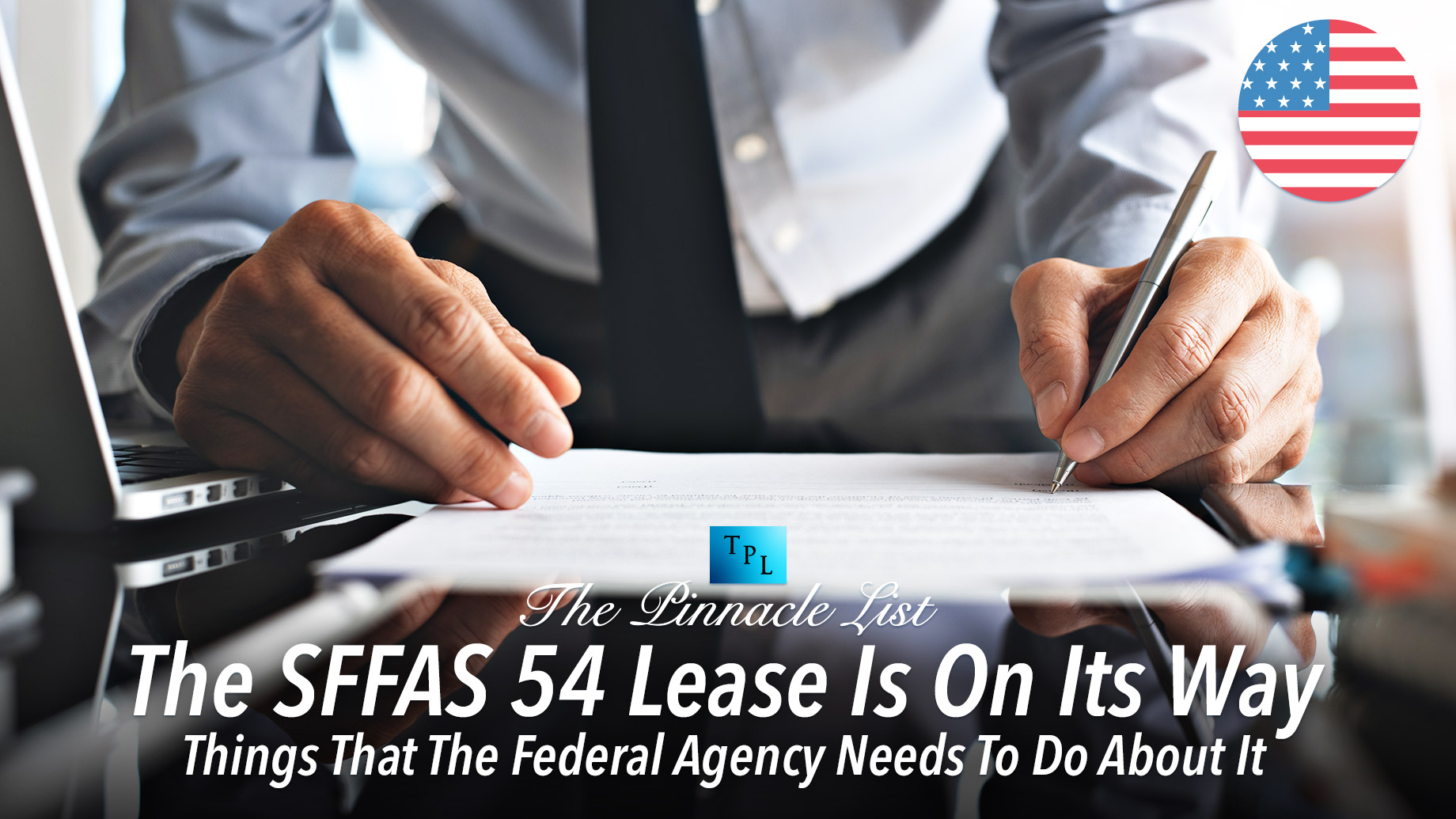
The SFFAS 54 Lease significantly changes the process of leasing transactions that will get accounted for by the federal agencies. However, the brand-new leasing standard is efficient for the fiscal year starting on October 1, 2023. Hence, the new reporting can lead to a crucial number of the federal agency lessor and the lessee transactions getting reported to the balance sheet. As the capacity to move into the leasing transactions can get spread across the departments and branches, the accounting change will need high-end communication across the organization.
Since the Lease gets defined as a contract where a person conveys that the authority to control using an underlying asset to one more entity for a certain time as an exchange for any consideration. Here the leasing standard is applicable to both the lessor and lessee transactions. The lessee transaction will lead to the lease liability and the right to make use of an asset getting reported to the balance sheet. On the other hand, the lessor transaction can lead to unearned revenue and receivable Lease. To know more about this, you can get in touch with Ahad&Co CPA.
What can you do to get ready?
Fortunately, the federal government doesn’t need to start from scratch. The execution of the federal leasing standard is highly similar to the method used for executing GASB and FASB versions of the leasing standard. At the time of executing these standards, there is a process to follow.
1. Understand the SFFAS 54 and recognize the essential stakeholders
- Get the training of the SFFAS 54, Lease
- Meet inside the organization to decide on the lease exposure
- Designate the execution team for leading the organization
2. Recognize the entire lease population
- Bring together the known Lease inside the company
- Offer the guidance and the checklist to the places in the company with the capacity to get into leasing transactions.
- Look for embedded leases
- Use data analytics and various other processes to scan the general ledger for probable leasing transactions.
- Collect the leasing arrangements with the data that is relevant for the SFFAS 54 compliance
- Document the process for ensuring the completion of the leasing population
3. Come up with policies and processes and recognize the systems
- Update the organization processes and policies for leasing the transactions
- Recognize the software solution or any other process for carrying out the calculations that are needed for the SFFAS 54 compliance
- Add the new essential accounts to the company’s general ledger for reporting leasing transactions
4. Disclosure, reporting, and going forward
- Adding the leasing data to the software solution for making calculations
- Develop the journal entries for execution and the activity for the first year
- You need to add the much-needed financial statement line and note the disclosures for reporting
- Present all the outcomes, the go-forward policies, and the methods concerning the leasing transactions to every stakeholder.
By executing this, you can start early to enable time for the inevitable bumps that come on the road. No agency would prefer to be in the association of entities that executes the FASB and the GASB versions standard. It can take more time to implement compared to budgeting.